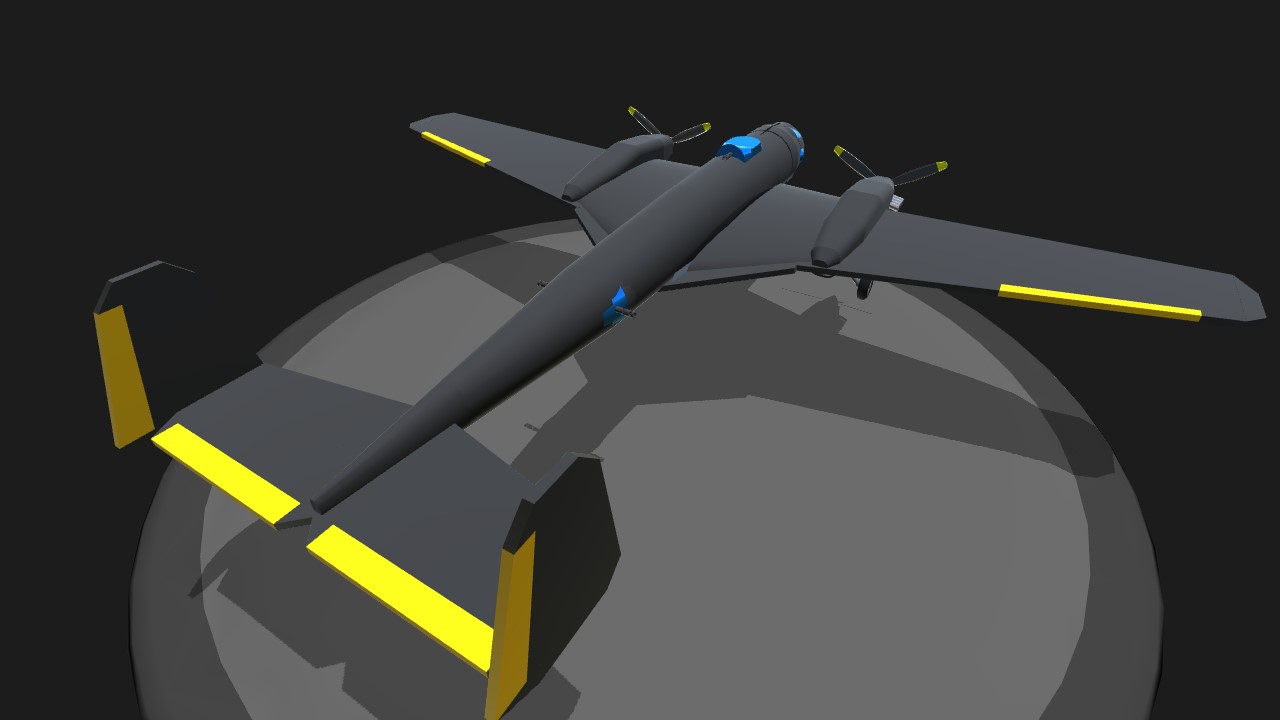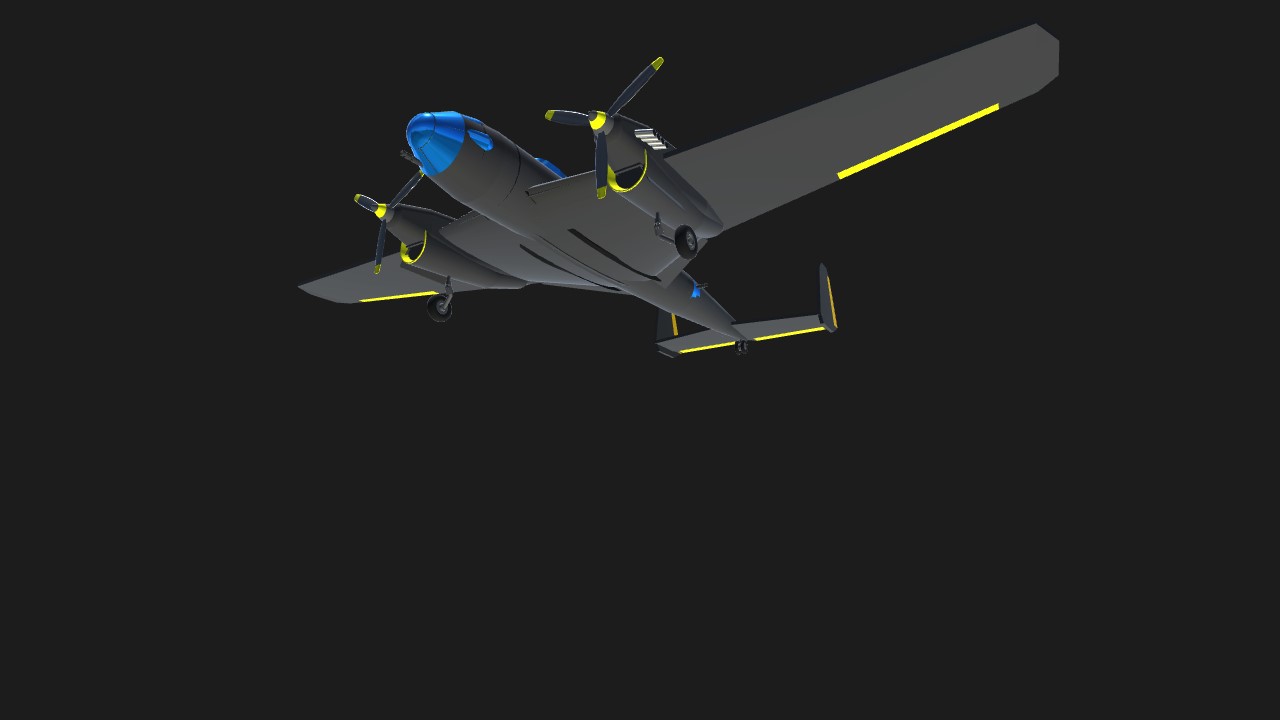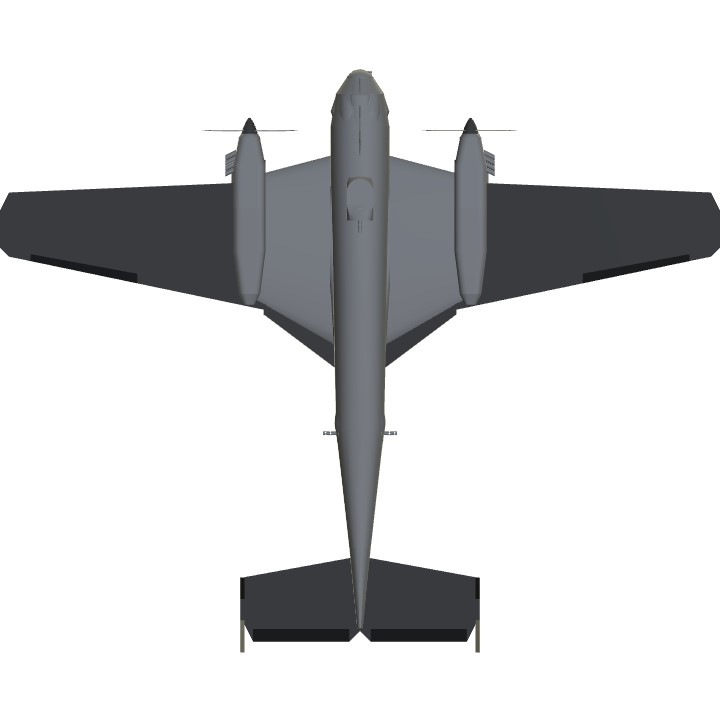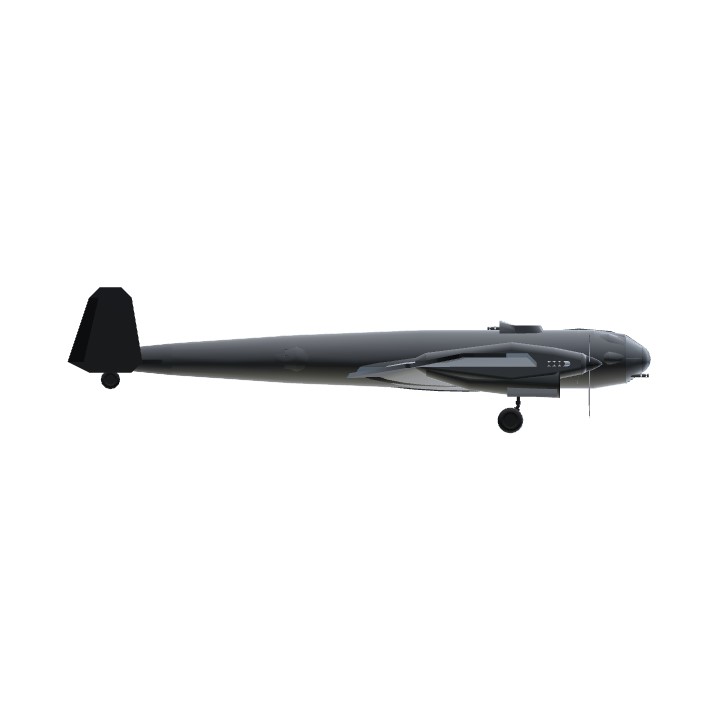One of the most well known bombers from the Second Global war - the DFI-B121 (known by Dieswenian pilots as Kaulquappe (tadpole)) was a long range, medium bomber that was capable of speeds of over 250 miles per hour - an incredible feat at the time of its conception in 1931. The Tadpole was the most mass produced bomber in the second Global war with nearly 9,500 aircraft created over the course of 20 seperate variants of the aircraft ranging from reconnaissance to variants dropping flying bombs over the capitals of Nordenvok and Iosia. The aircraft was outfitted with four .50 calibre machine guns as defensive armament, with the ability to defend most of the aircrafts weakpoints. The service life of the Tadpole ranged from 1931 until the fall of the indepenent states of Namalla in 1972 where it was used in a special gunship variant.
Specifications
General Characteristics
- Created On Windows
- Wingspan 55.3ft (16.8m)
- Length 44.6ft (13.6m)
- Height 10.9ft (3.3m)
- Empty Weight 14,340lbs (6,504kg)
- Loaded Weight 25,792lbs (11,699kg)
Performance
- Horse Power/Weight Ratio 0.077
- Wing Loading 40.2lbs/ft2 (196.1kg/m2)
- Wing Area 642.3ft2 (59.7m2)
- Drag Points 5988
Parts
- Number of Parts 126
- Control Surfaces 6
- Performance Cost 758






